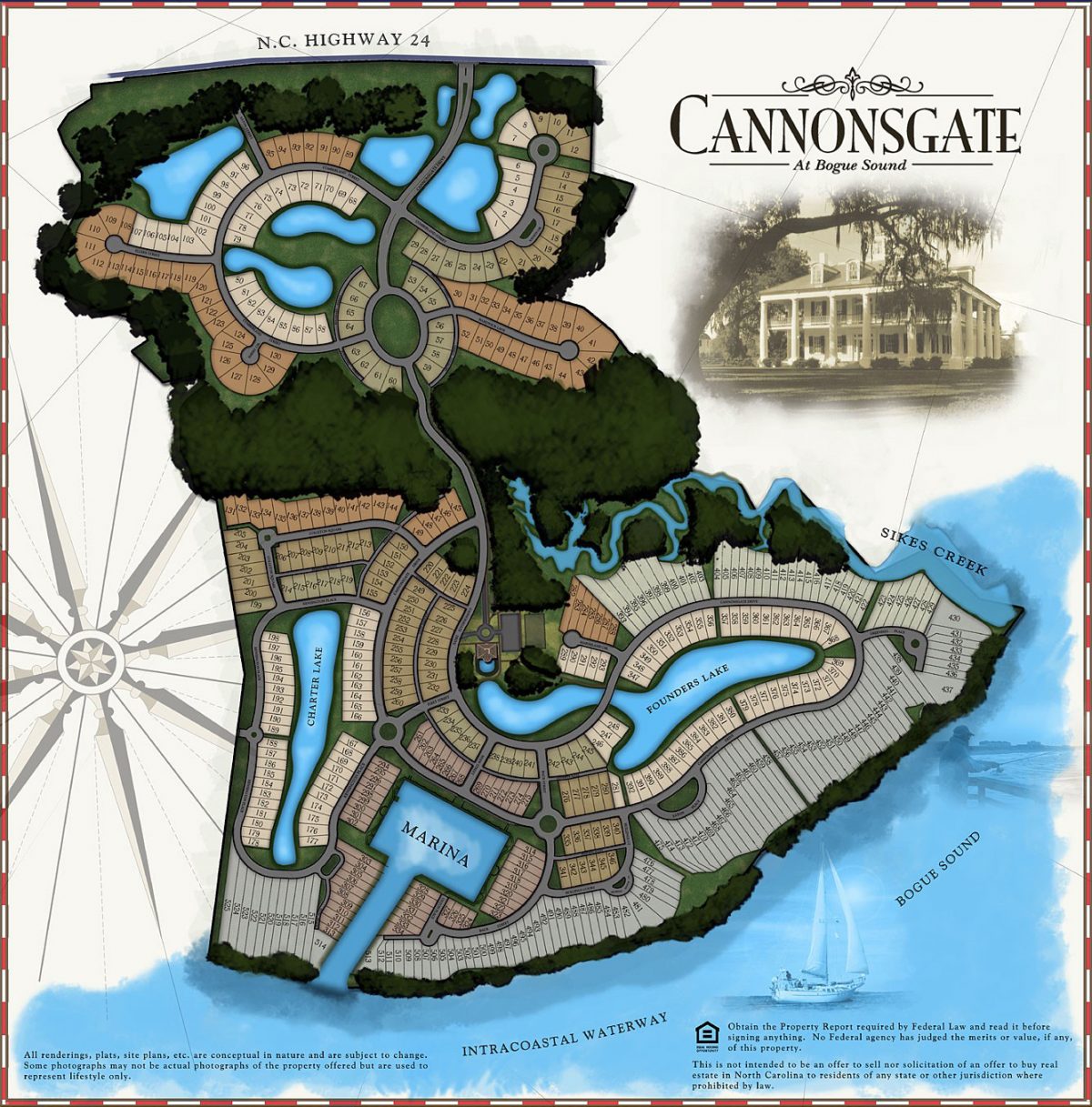1.1 Purpose: These Architectural Guidelines (Guidelines) provide an overall framework and comprehensive set of standards and procedures for the development of the community in an orderly and cohesive manner. These Guidelines have been developed to provide direction for the planning, designing, constructing, landscaping, and modifying of all residences, buildings, and structures or improvements within the Cannonsgate community. The Guidelines set forth criteria for design, style, materials, colors and location of site improvements, landscaping, signage, lighting and other structures. In addition, the Guidelines establish a process for review of all proposed construction and modifications to residences, buildings, and structures to ensure that all home sites within Cannonsgate are developed with consistency and quality.
1.2 Intent: It is the intention of the CARC that all structures and other improvements within the community be of the highest design quality and be planned and sited to be aesthetically and Architecturally harmonious with one another and with the natural features of the land. The CARC is particularly concerned that the community has a consistent streetscape and quality of design (facade, materials, etc.). In order to maintain a “planned look” for the community and to preserve the aesthetic integrity of the community, the CARC may at times place a temporary moratorium on any particular style of design, or building material until, at the sole discretion of the CARC, it is determined that the community has been brought back into balance.
1.3 Theme: The Cannonsgate community was developed with the intent of creating a Charleston like community, emulating features found on the homes within the Charleston Historic District of Charleston, South Carolina, and to include the architecture of what is known as Low-Country. The low-country style is seen in and around towns such as Georgetown, Beaufort, Camden, Cheraw and others. The Charleston Single with the side porch is the most distinctive Charleston styled home recognized by many. But Charleston architecture incorporated many other styles as it developed early-on into a Neoclassical city. The main styles of the city are Palladian (root of the Charleston “Double House”), Adamesque, Greek and Roman Revival, Italianate and Gothic. The design of homes in the city as well as public buildings required a significant knowledge of Architectural History. Characteristic of these homes is that the architects were consistent with the selected style and did not mix elements from one style to another. This emphasis on Architectural authenticity and excellence in design are the standards the Architectural Review Committee will be looking for with each home submittal.

